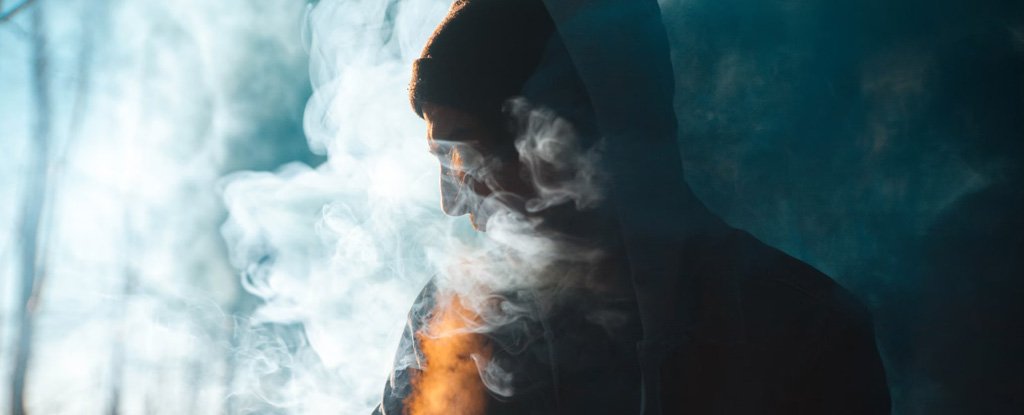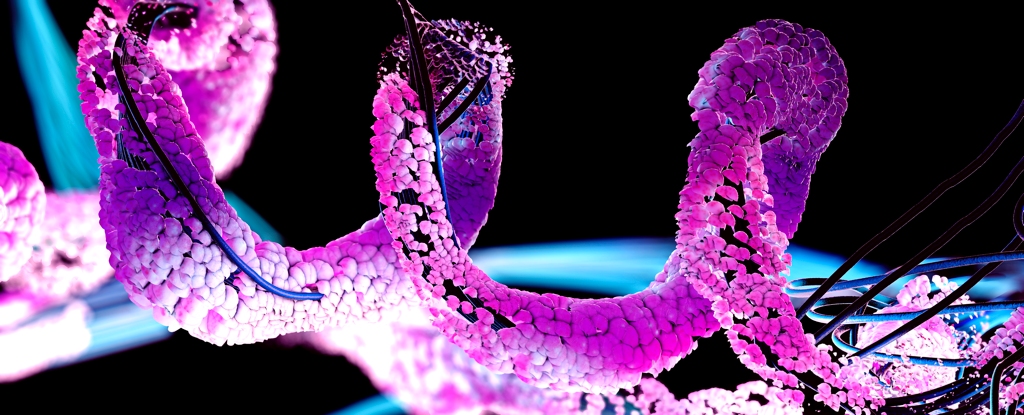Cannabis exposure and psychosis have long been linked, even if we’ve struggled to pinpoint why and how often those psychotic episodes occur.
A new analysis attempts to provide some clarity through the haze, collating data from numerous studies involving more than 200,000 participants.
Where individual studies have suggested that psychosis occurs in anywhere from 1 to 70 percent of all cannabis users, the new analysis finds that roughly 1 in 200 (or just 0.5 percent) may experience a psychotic episode, which can involve hallucinations, delusions and paranoia.
“No research has yet synthesized and compared the findings obtained from different study designs and populations” on the rates of psychosis associated with cannabis use, the team behind the analysis explains in their paper.
Past research has suggested genes for schizophrenia could explain why some cannabis users develop psychosis while others don’t. High-potency cannabis has also become more common and has been found to double the risk of psychosis in young adults.
This new analysis finds similarly, with young adults and women, people with pre-existing mental health conditions such as bipolar disorder found to be more at risk of psychosis than others.
However, two genes previously linked to psychosis in cannabis users, COMT and AKT1, showed no apparent link in this analysis, prompting cause for a rethink.
Individuals who had been exposed to the drug earlier and more frequently than others were also not at any higher risk of psychosis in this particular analysis of acute psychotic episodes. Daily use may still carry a higher risk of developing psychosis in the long run, though.
And of all the demographic factors analyzed, only age (younger) and gender (female) showed a correlation with psychotic episodes; education level and socioeconomic status had no apparent effect.
Tabea Schoeler, a statistical geneticist at the University of Lausanne in Switzerland, and colleagues selected 162 high-quality studies for their analysis.
Most of the 201,283 participants had been part of observational studies assessing the experiences of recreational cannabis users, and looking for links to demographic, social, and genetic factors.
Around 15 percent had participated in studies testing medicinal cannabis products and documenting their side effects, while a slim 1 percent had been involved in experimental studies studying the effects of THC in healthy volunteers.
“The availability of these three distinct lines of evidence provides a unique research opportunity as their findings can be synthesized, be inspected for convergence, and ultimately, contribute to more evidence-based harm-reduction initiatives,” Schoeler and colleagues write.
Rates of cannabis-associated psychosis varied substantially across different types of studies: Observational studies and experimental research reported high rates of 19 percent and 21 percent respectively, whereas medicinal cannabis studies reported far lower but still significant rates of psychosis, in around 2 percent of participants.
“This indicates that risk of acute psychosis-like symptoms exists after exposure to cannabis, irrespective of whether it is used recreationally, administered in controlled experiments, or prescribed as a medicinal product,” the team writes.
However, “not every individual exposed to cannabis is equally at risk” due to those predicting factors the analysis identified – age, gender, mental health conditions and THC potency.
The study has been published in Nature Mental Health.





